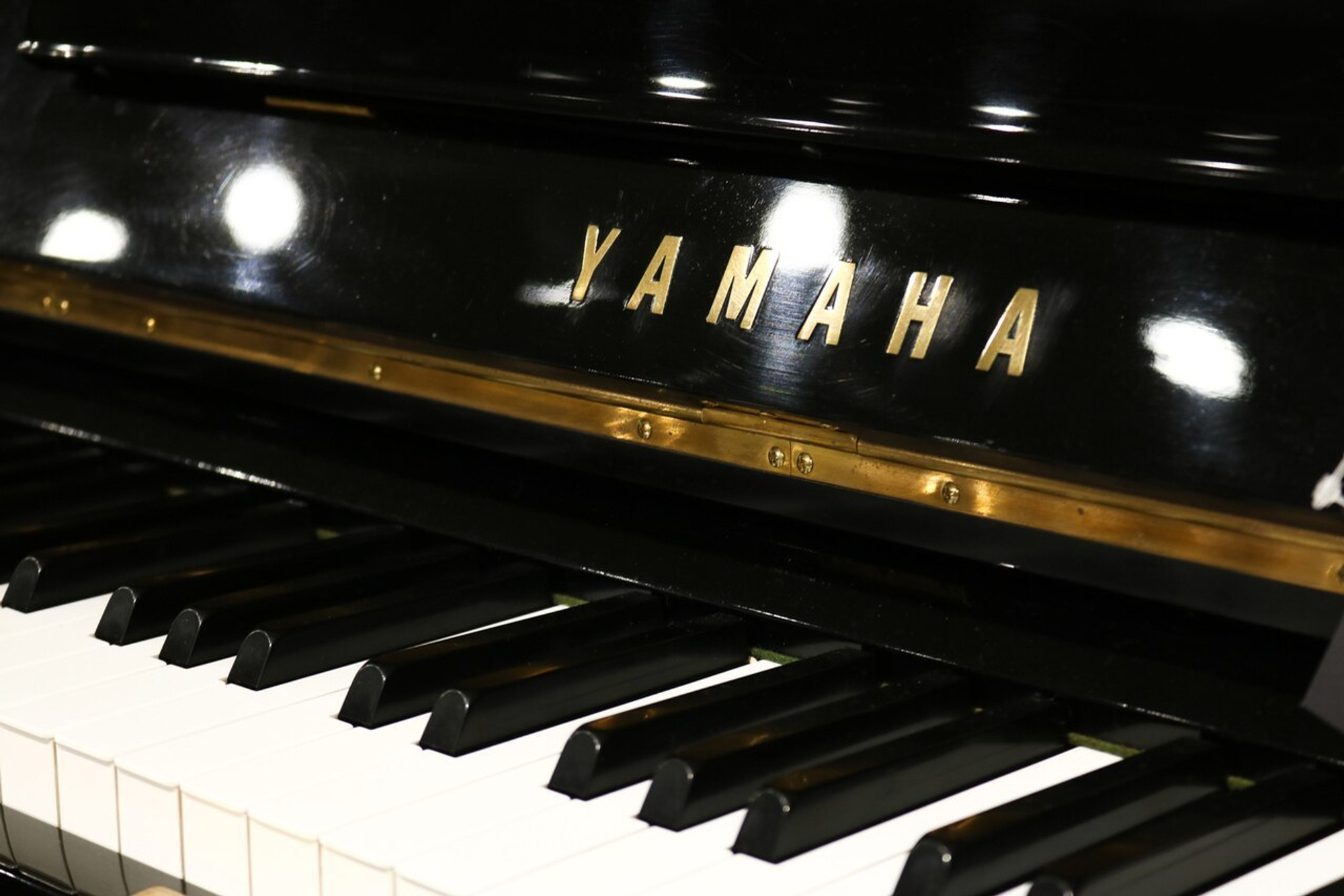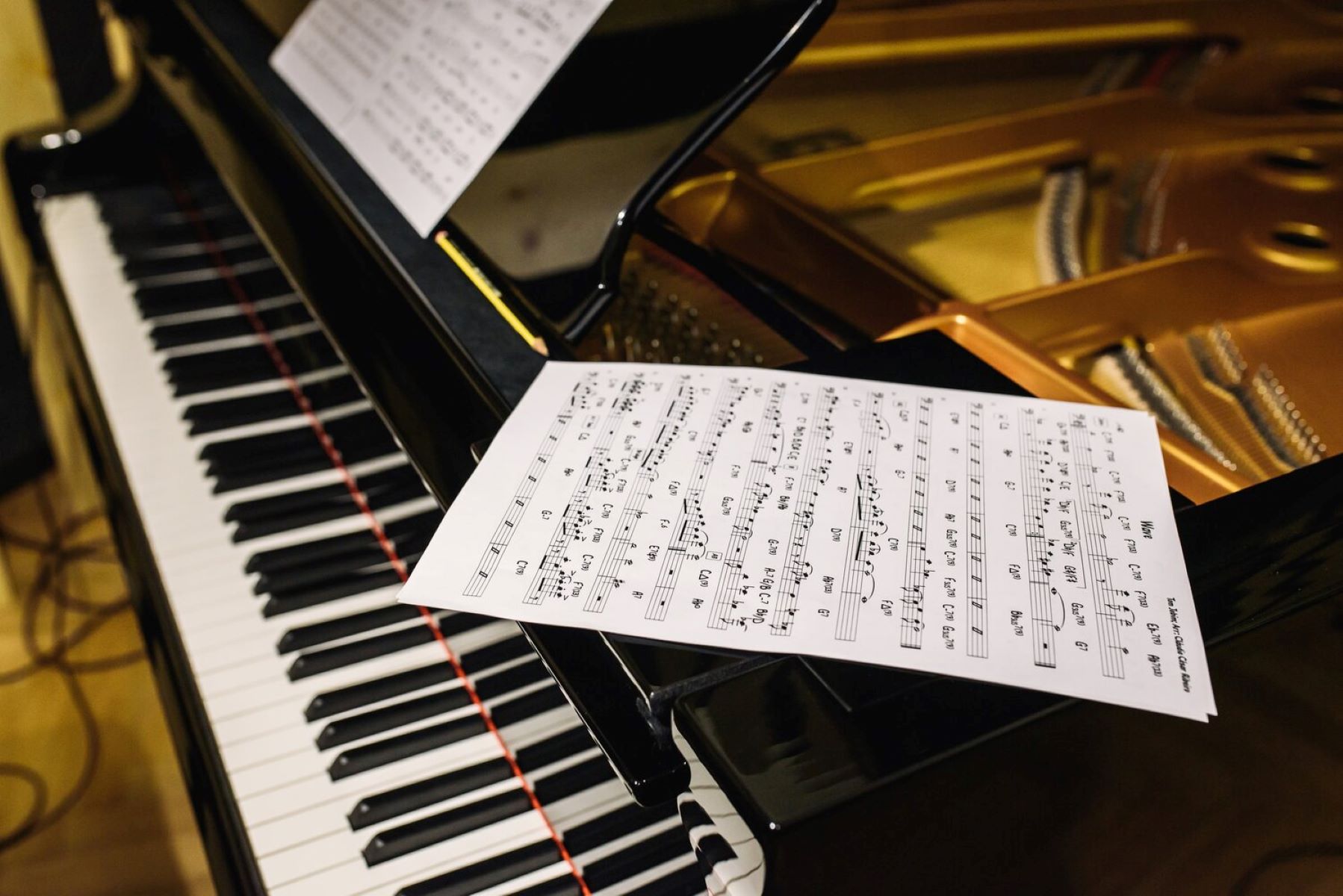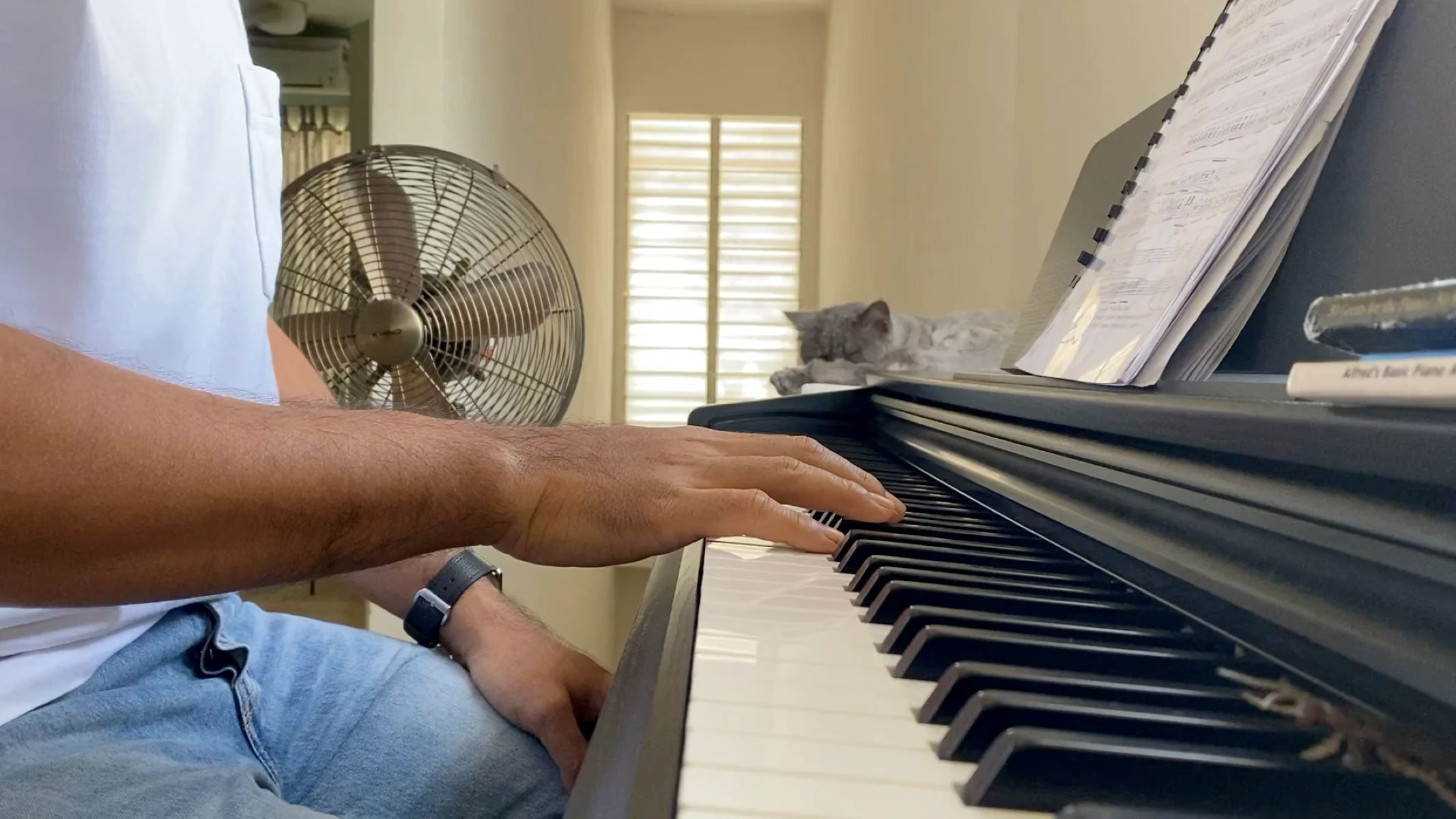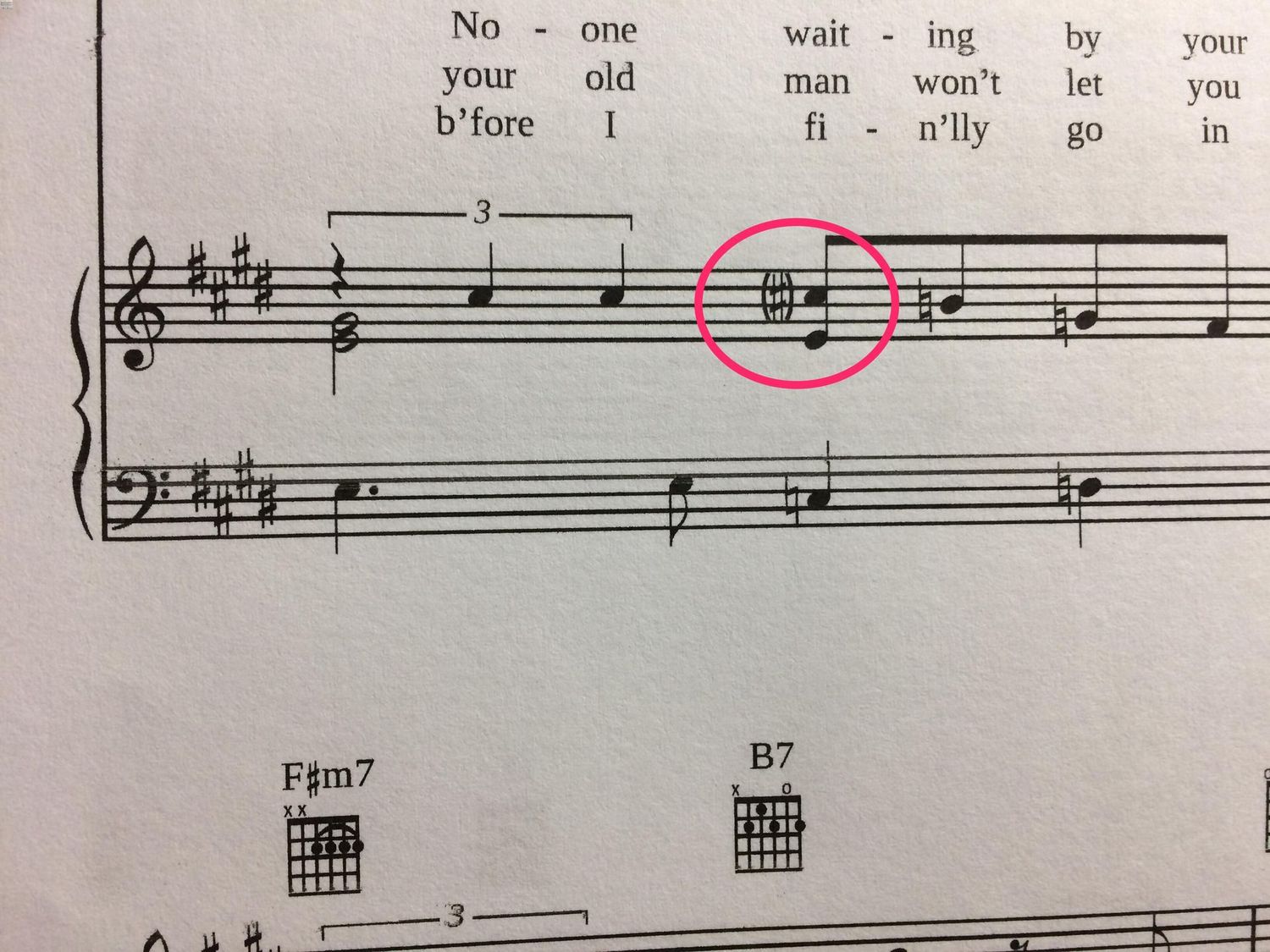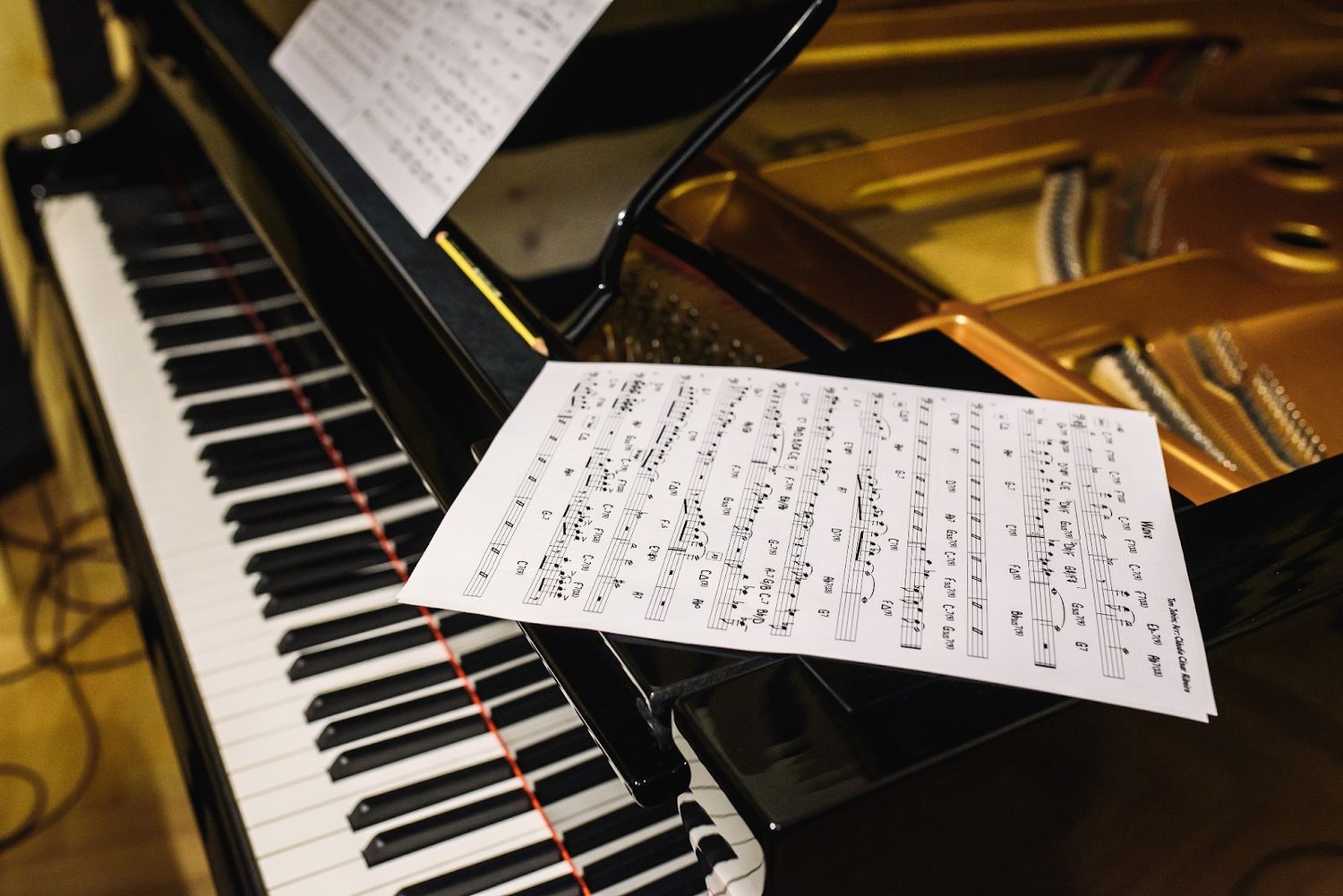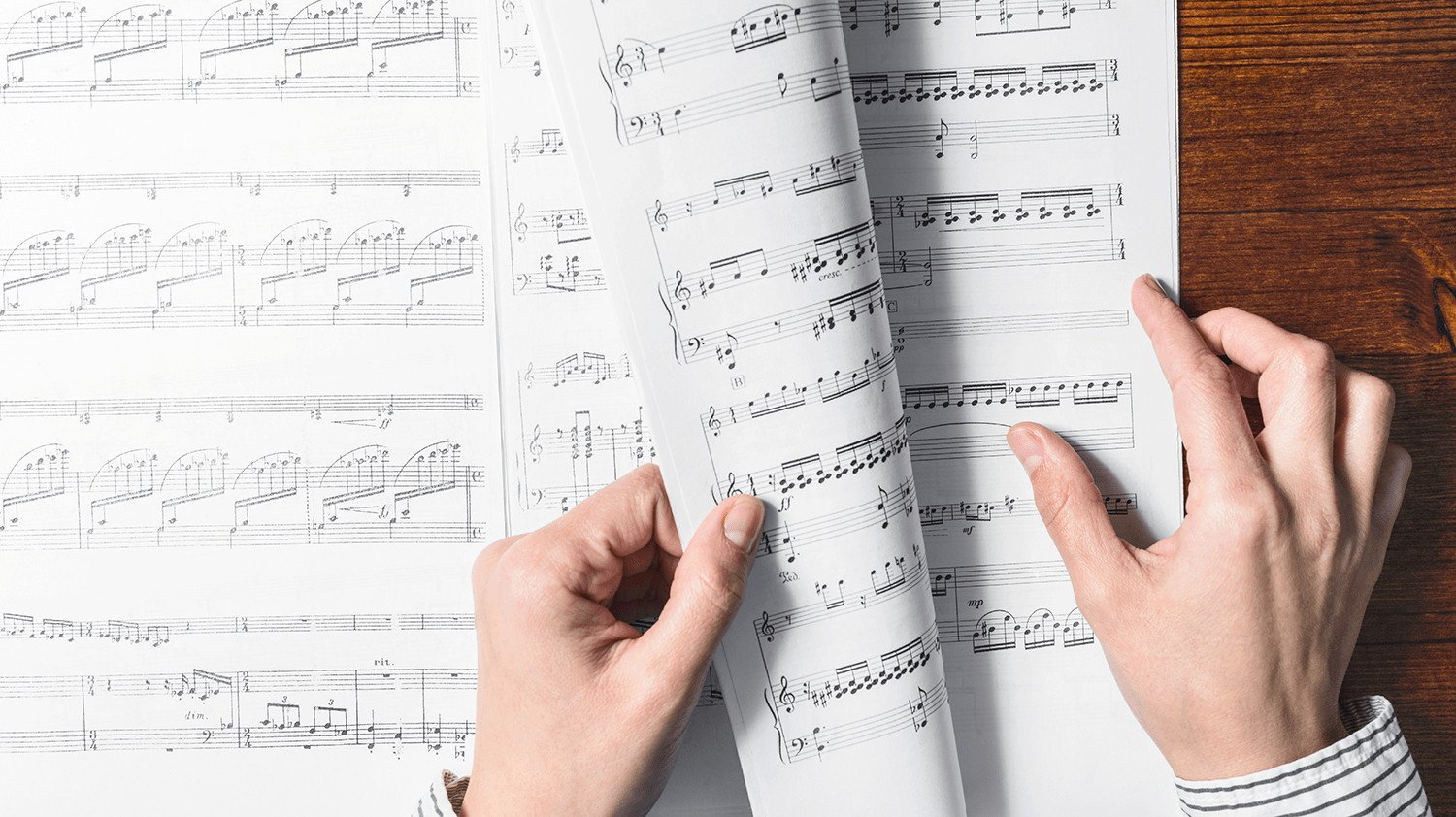Home>Instruments>Piano>Where Is B Sharp On The Piano
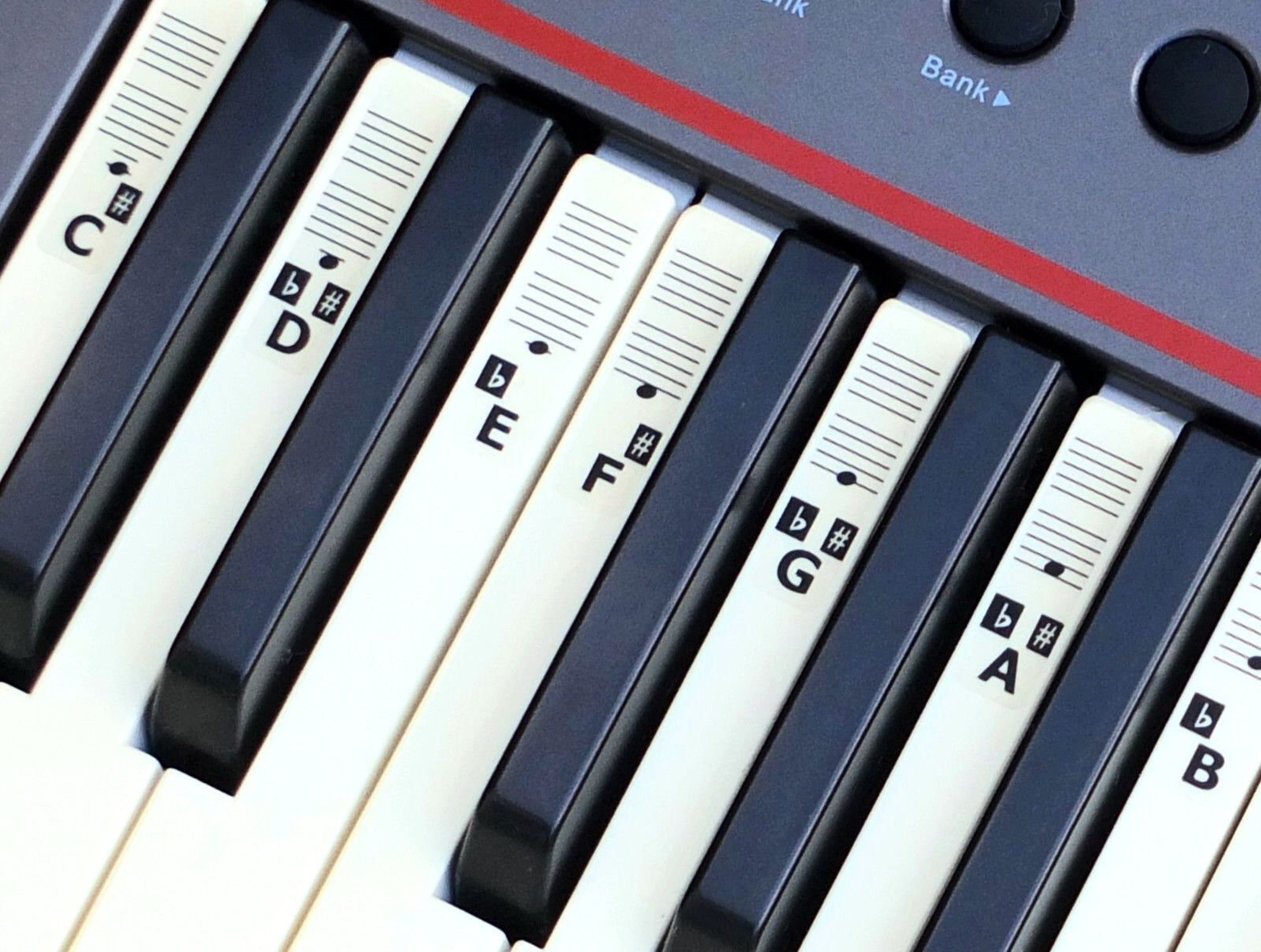

Piano
Where Is B Sharp On The Piano
Published: February 11, 2024
Discover where B sharp is located on the piano and improve your musical knowledge. Learn about piano notes and sharpen your skills with our helpful guide.
(Many of the links in this article redirect to a specific reviewed product. Your purchase of these products through affiliate links helps to generate commission for AudioLover.com, at no extra cost. Learn more)
Introduction
Welcome to the enchanting world of the piano! Whether you're a budding musician, a curious enthusiast, or simply someone intrigued by the inner workings of this timeless instrument, you've embarked on a journey that promises to be both captivating and rewarding. In this article, we'll delve into the intricacies of the piano keyboard, demystify the elusive B sharp, and equip you with a comprehensive understanding of its placement on the instrument.
The piano, with its rich history and unparalleled versatility, has been a cornerstone of musical expression for centuries. From the haunting melodies of classical compositions to the infectious rhythms of contemporary pieces, the piano's allure knows no bounds. Understanding the layout of the piano keyboard is fundamental to mastering its potential, and locating specific notes is an essential skill for any aspiring pianist.
In the following sections, we'll unravel the mysteries of the piano keyboard, explore the concept of B sharp, and guide you through the process of finding this elusive note on the instrument. By the end of this journey, you'll not only have a newfound appreciation for the intricacies of the piano but also a clear understanding of where B sharp resides amidst the black and white keys.
So, without further ado, let's embark on this melodic expedition and unravel the enigma of B sharp on the piano keyboard. Whether you're seated at the piano bench or simply curious about the inner workings of this magnificent instrument, this exploration promises to be a harmonious blend of education and fascination.
Understanding the Piano Keyboard
Before we embark on our quest to locate B sharp, it’s essential to familiarize ourselves with the layout of the piano keyboard. The keyboard, a tapestry of 88 keys, is a mesmerizing arrangement of black and white notes that spans seven octaves. Each octave comprises 12 notes, encompassing both natural and sharp or flat notes, and is a testament to the instrument’s remarkable range and versatility.
The piano keyboard is a visual and tactile representation of musical pitch, with the lower notes positioned to the left and the higher notes to the right. The pattern of black and white keys repeats in a consistent sequence, with groups of two and three black keys interspersed among the white keys. This pattern provides a visual and tactile reference for identifying specific notes and intervals, and forms the foundation upon which melodies and harmonies are crafted.
One of the defining features of the piano keyboard is its ability to convey the concept of enharmonic equivalents. These are notes that are represented by different letter names but share the same pitch. For instance, the note C sharp (C#) is enharmonically equivalent to D flat (Db), despite being represented by different names on the keyboard. This duality of nomenclature adds depth to the musical lexicon and underscores the keyboard’s capacity for nuanced expression.
As we immerse ourselves in the mesmerizing expanse of the piano keyboard, it becomes evident that each note, whether natural or altered, contributes to the instrument’s melodic tapestry. This intricate arrangement serves as the canvas upon which musical masterpieces are painted, and understanding its nuances is a pivotal step in unraveling the mysteries of the piano.
With a foundational understanding of the piano keyboard in place, we are poised to venture further into the realm of musical exploration, where the elusive B sharp awaits our discovery.
Finding B Sharp on the Piano
As we navigate the labyrinth of the piano keyboard in search of B sharp, it’s essential to grasp the concept of enharmonic notes. B sharp is one such note, representing a key that is equivalent in pitch to the note C natural. In essence, B sharp and C natural occupy the same physical key on the piano, yet their theoretical representation differs based on the context of the musical composition.
To visualize the placement of B sharp on the piano keyboard, let’s consider the sequence of natural notes in the musical alphabet: A, B, C, D, E, F, and G. In this sequence, B is followed by C, with no sharp or flat note between them. However, when we encounter a musical piece or scale that necessitates the inclusion of a note higher than B but lower than C, the concept of B sharp comes into play.
On the piano keyboard, B sharp is situated to the immediate right of B natural, occupying the same physical key as C natural. This alignment underscores the principle of enharmonic equivalence, where a single key assumes multiple identities based on its contextual representation within a musical composition.
Locating B sharp amidst the expanse of the piano keyboard is a testament to the instrument’s inherent complexity and versatility. As we navigate the terrain of black and white keys, the presence of B sharp, though conceptually intertwined with C natural, adds a layer of depth to the melodic tapestry we aim to unravel.
Understanding the placement and significance of B sharp equips us with a nuanced comprehension of musical notation and the intricate interplay of notes within a composition. Whether it manifests as B sharp or C natural, the shared key on the piano embodies the harmonious duality of musical expression, underscoring the instrument’s capacity for boundless creativity and emotive resonance.
With B sharp now demystified and nestled within the fabric of our musical understanding, we stand poised to embark on a melodic journey enriched by the harmonious interplay of notes, chords, and compositions.
Conclusion
Our exploration of the piano keyboard and the elusive B sharp has illuminated the captivating intricacies of this timeless instrument. From the mesmerizing arrangement of black and white keys to the concept of enharmonic equivalence, the piano keyboard serves as a gateway to a world of musical expression and creativity.
As we sought to locate B sharp on the piano, we unraveled the concept of enharmonic notes, where a single key embodies multiple identities based on its contextual representation within a musical composition. The placement of B sharp, nestled between B natural and C natural, underscores the instrument’s capacity for nuanced expression and adds a layer of depth to the melodic tapestry we aim to unravel.
Our journey has not only equipped us with a comprehensive understanding of the piano keyboard but has also fostered a deeper appreciation for the harmonious interplay of notes, chords, and compositions. The duality of B sharp and C natural, sharing the same physical key on the piano, symbolizes the instrument’s boundless capacity for creativity and emotive resonance.
As we conclude this melodic expedition, we carry with us a newfound reverence for the piano and the nuanced artistry it embodies. Whether seated at the piano bench or simply captivated by the instrument’s allure, our exploration of B sharp has enriched our understanding of musical notation and the intricate fabric of melodies and harmonies.
In the symphony of musical discovery, the piano keyboard stands as a testament to the timeless allure of this instrument, inviting us to unravel its mysteries and immerse ourselves in the boundless realm of musical expression. With B sharp now demystified and nestled within the fabric of our musical understanding, we stand poised to embark on a melodic journey enriched by the harmonious interplay of notes, chords, and compositions.

